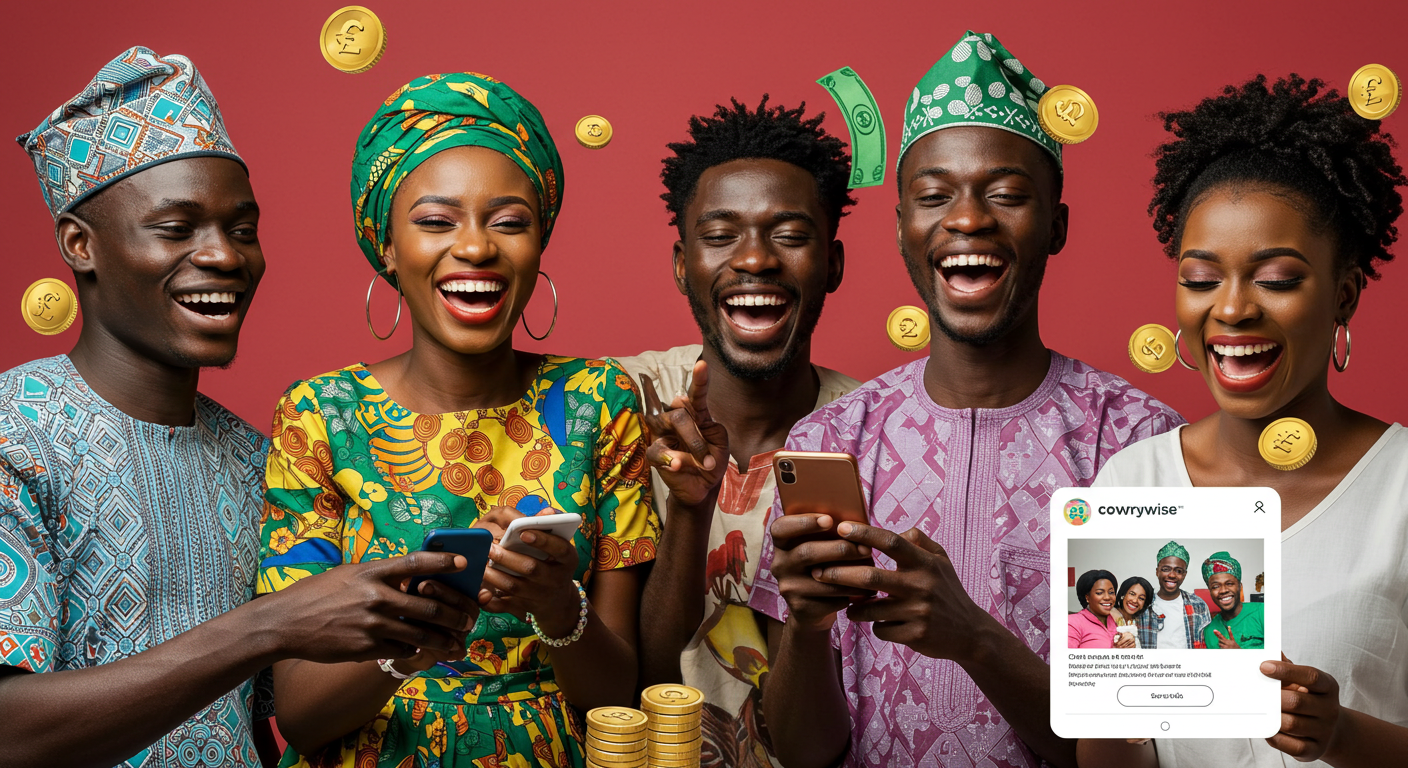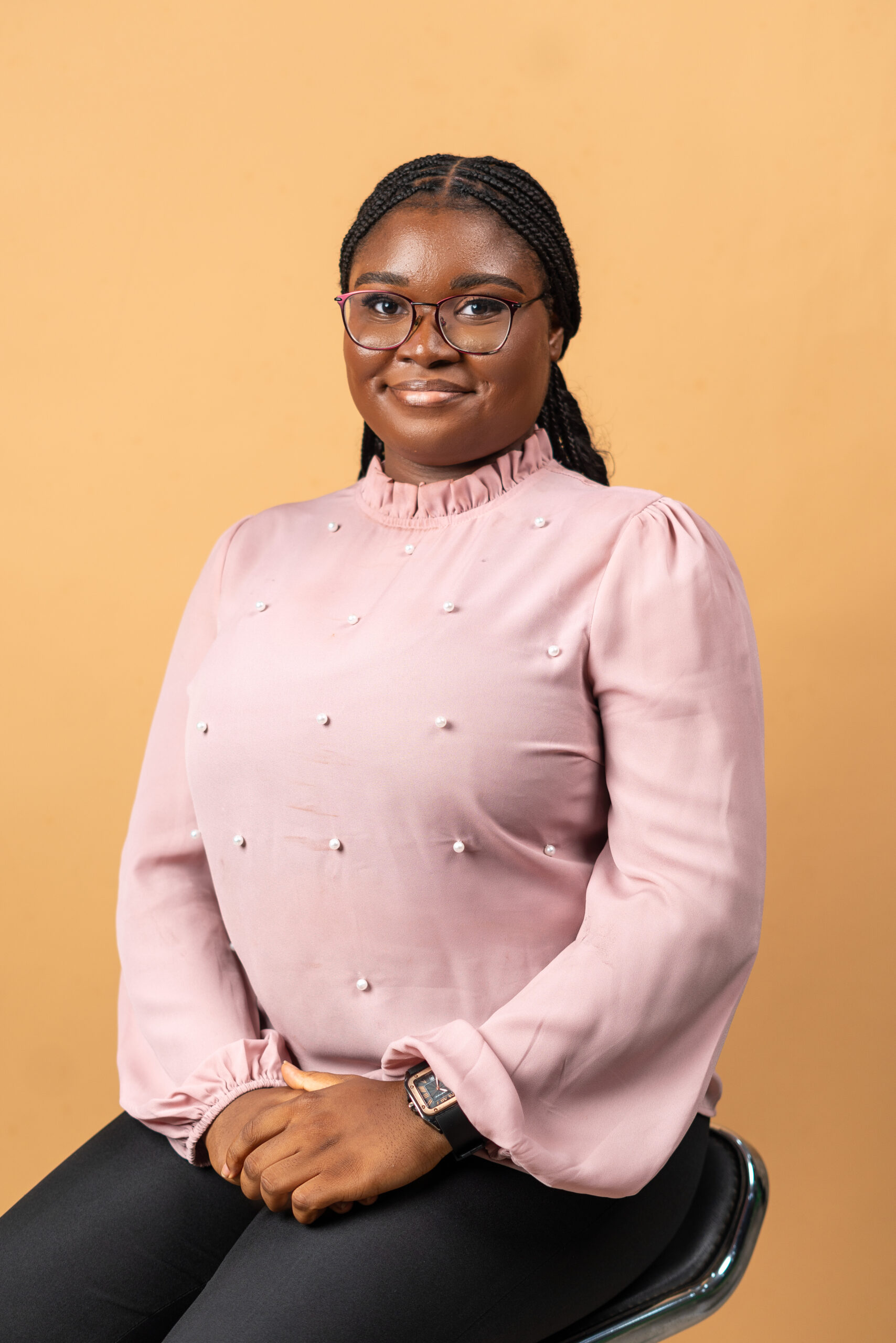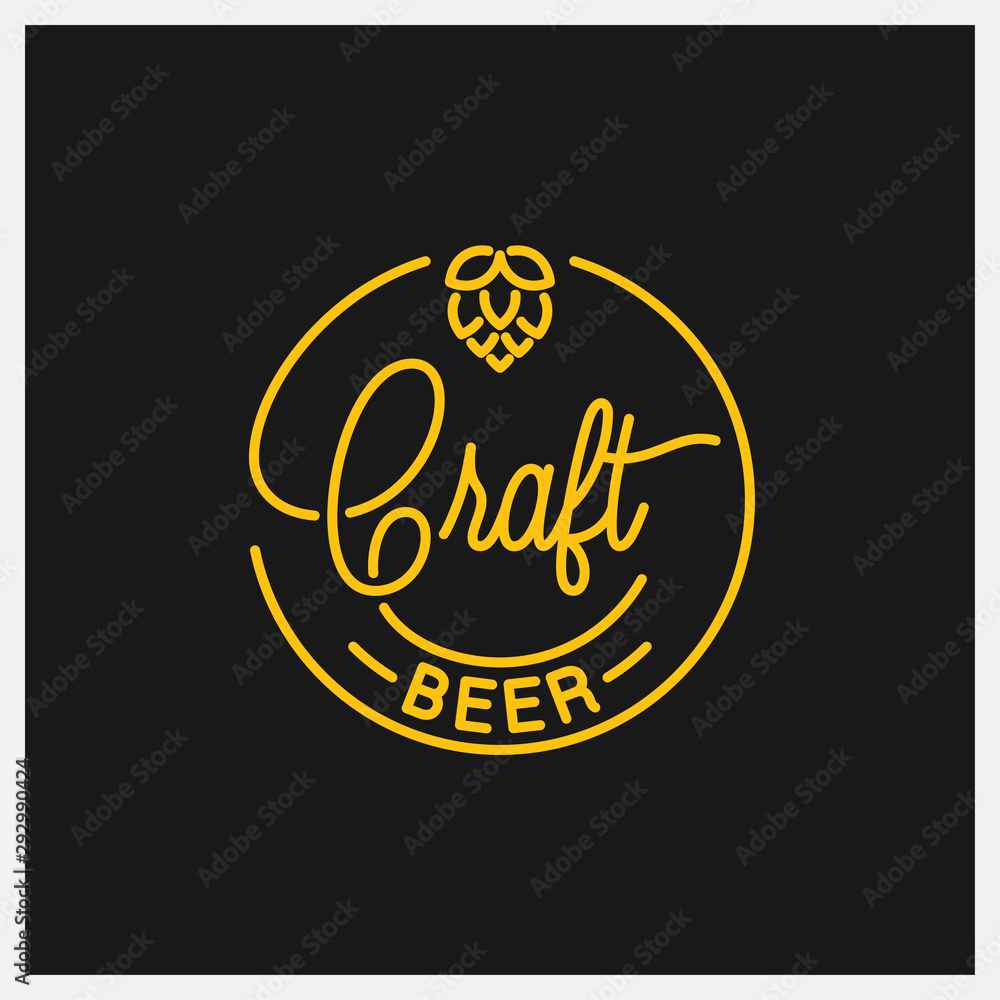In this day and age of short attention spans and constant scrolling, engaging consumer interest requires more than simply huge expenditure and spectacular commercials; it also requires connection. Few Nigerian companies understand this more than Cowrywise.
Cowrywise, a fintech startup that helps young Nigerians save and invest, has turned personal finance, a generally “dry” topic, into a social media phenomenon. The brand does this not by pushing features or financial jargon, but by creating content that is humorous, familiar, and emotionally relevant.
So, how does Cowrywise do it, and what can your brand learn from them?
Why Relatability Fuels Virality
Content becomes widely popular when it connects with something the audience immediately relates to. That might represent an emotion (such as frustration with “sapa”), a phase in life (like experiencing financial struggles after NYSC), or a cultural inside joke (like the belief that “awoof no dey run belle”).
Cowrywise consistently operates in the realm, merging financial guidance with pop culture, the everyday experiences of Nigerians, and a touch of humour. In this way, they are not only providing education, but they are also entertaining. In today’s social media era, that holds significant value.
The Cowrywise Playbook: An Examination of Engaging Content.
Cowrywise’s content strategy is finely attuned to the lifestyle and language of Gen Z and Millennial Nigerians. Through clever tweets, collaborative skits, and amusing #Instagram carousels, the brand has established a voice that resonates more like a companion than a financial institution.
Here are several patterns in their approach:
Culture-Based Memes and Skits: Cowrywise has worked with online artists and leaders to make memes and skits about planning, saving money, and being responsible with money. The memes and skits often use over-the-top, funny situations that are based on real-life problems.
Language that reflects the audience: They use words like “sapa,” “urgent 2k,” and “money miss road” a lot in their creatives and subtitles to try to sound like the people who use their services.
Instead of talking about saving goals or investment returns, Cowrywise makes funny content about bad money habits and then quietly but effectively promotes their app as a way to fix them.
This way of doing things has made Cowrywise very easy to share. Tweets are shared again not because they are about Cowrywise, but because they are about the people who sent them, their problems, their successes, and their jokes.
Read also: Mind your message
What Brands Can Learn
This method can be used by anyone, not just finance or joke pages. Four main lessons can be learned from the Cowrywise case study:
Talk to them in their language.
Don’t use business speak. People will relate to your content if they can see themselves in it, and the way you talk is the first step to that.
Content can help you with more than just practical problems.
Cowrywise doesn’t just answer the question “how do I save money?” They also help people deal with stress, pressure, and even shame that comes with being broke. That feeling is very important. Meeting them where they are and then introducing your company slowly is the key.
Be able to adapt to different cultures.
Cowrywise keeps up with trends and quickly posts material that fits the needs of its users. They don’t feel automatic and out of date because of their speed; it makes them feel alive and in sync.
Starting with content that people can relate to
Do you want to make content that connects like Cowrywise? Begin here:
Learn a lot about your customers. Don’t just look at their numbers; get to know their sense of humour, their pain points, and how they live.
Find people who can create or work with you who get it. You can’t fake being culturally fluent. Work with people who are like the people you’re writing for.
Do not push it. Every brand doesn’t have to be funny or slangy, but every brand can be real.
Try things out and learn from them. Look at the numbers to see what sticks out. Let go of what doesn’t work and lean into what does.
Finally, Be Human, Not Just Branded
What Cowrywise writes works because it puts people first. They tell stories in a world full of ads. It’s a feed full of noise, but they speak in a voice I know.
That’s what your business can do too. It’s not luck that makes something go viral; it’s planning, empathy, and knowing your audience well enough to make them laugh, nod, and say, “Omo, this is me.”
Also Watch: MARKETING EDGE ONTV







Comment
No comments found.